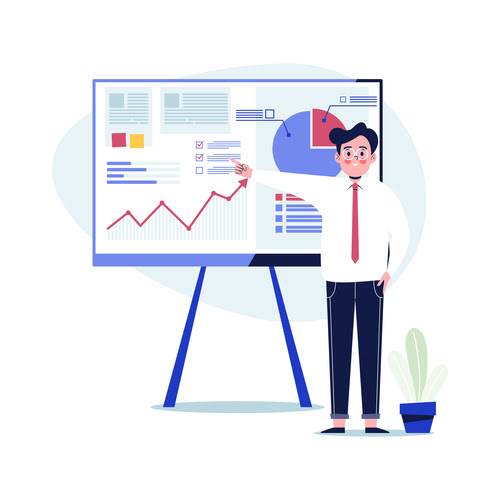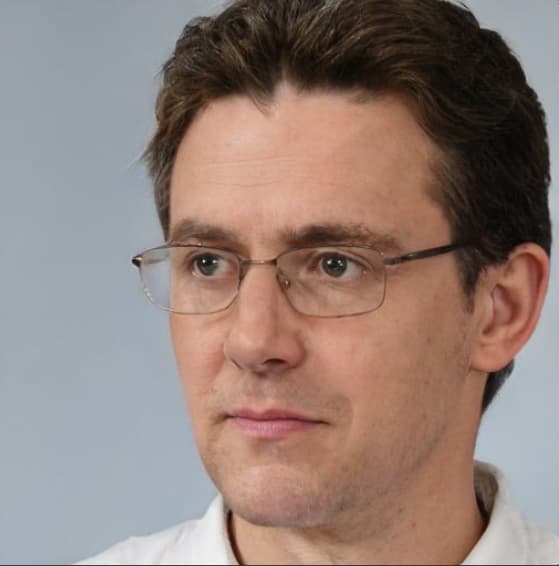Content
It’s up to you to provide clarity, ensure team alignment and employee motivation. Understand your people’s needs and make team management your greatest strength. Remote teams A simple platform that tells you how remote teams really feel, and fosters action-oriented 1-on-1 conversations.
- With a thoughtful look at each stage of team development, you can solve challenges before they derail the success and progress of the team.
- During the Norming stage, the team gradually optimises how it works.
- This is because your team recognizes how they can trust you and each other in order to complete tasks, move towards their objectives and rely on each other for help.
- If “storming” is not done properly, however, “norming” can involve many team members checking out mentally or finding apathy for a project.
- Managers must ensure that the team norms are discussed, accepted, and followed by each team member.
- They not only understand how to ask for help, but they’ve also developed a gauge for when it’s an opportune moment to speak up, and involve you.
- Each stage of team development doesn’t necessarily take just as much time as the one that comes after it, nor the one before it.
The major drawback of the norming stage is that members may begin to fear the inevitable future breakup of the team; they may resist change of any sort. Here’s the thing, the line between certain stages can get blurred since team members evolve at different times. How they trust each other to remain accountable for their tasks without dropping the ball. As you communicate with them you notice how confidently they articulate their ideas. While originally things had been going according to plan, roadblocks crop up during this stage.
Your Team Development Partner
Tuckman’s model for group development is known and widely taught among business owners. Tuckman’s model has shown great results across many different businesses and for many different leaders. To improve your team’s performance, the first step to your journey is to know where you’re starting from. To do this, Team Journeys is offering a free Team Assessment, wherein the results will be reported to you and will give you a clear picture of your team’s current development stage. The interventions we prescribe will depend on our findings during the assessment. Your team members are taking themselves and each other seriously. They have moved beyond understanding differences to valuing them and leveraging individual strengths.
What norming means?
Norming refers to the process of constructing norms or the typical performance of a group of individuals on a psychological or achievement assessment. Tests that compare an individual's score against the scores of groups are termed norm-referenced assessments.
The organisational environment the new team exists in is also unfamiliar to its members. The managers must introduce the team to its stakeholders and explain its dependencies and its place in the organisation. They’ll look to you for guidance and support, and when you establish a trusting two-way conversation, you’ll pave the way towards their professional growth. Ultimately, the goal is to make sure you can provide psychological safety as a baseline, evaluate team patterns of behaviour and notice when you’re in a negative cycle.
How to help a group of new hires become a high-performing team sooner
Discover all templates Made to solve challenges quickly and build stronger relationships with your team. Alignment Get your people in the same mindset with OKR goals and 1-on-1 meetings. After the internal conflicts have been resolved, the team members begin to exhibit a sense of cohesion and are more comfortable with one another.
This gives them an opportunity to recognize their abilities as well as those of their teammates. Employees rely on each other, collaborate effectively and there’s a more lighthearted feel to the group. This way, they’ll remain high-performing while re-establishing trusted connections. You approach your team to learn about their bottlenecks, roadblocks and concerns. You come to realize that, by involving yourself, they’re burdened by an apprehension to speak up and would rather spend time rectifying the situation. You recognize this isn’t any one team member’s fault, but you want to make it right.
PERFORMING
The team’s level of conflict and antagonism drops, and people become more constructive, supportive, and understanding. These are the signs to identify the transition into this stage. In this stage, team members are creating new ways of doing and being together. As the group develops cohesion, leadership changes from ‘one’ teammate in charge to shared leadership. Team members learn they have to trust one another for shared leadership to be effective. Alasdair A. K. White together with his colleague, John Fairhurst, examined Tuckman’s development sequence when developing the White-Fairhurst TPR model. They simplify the sequence and group the forming-storming-norming stages together as the “transforming” phase, which they equate with the initial performance level.
What comes between norming and adjourning?
These stages are commonly known as: Forming, Storming, Norming, Performing, and Adjourning. Tuckman's model explains that as the team develops maturity and ability, relationships establish, and leadership style changes to more collaborative or shared leadership.
It’s important to note that not all groups make it past this stage. The leader must stay positive and coach members in assertiveness and, where necessary, conflict resolution skills. I first heard of his stages of team development when I attended advanced leadership training offered by the Boy Scouts of America. Tuckman’s theory is that every group moves through four stages on its way to becoming a high-performing team. By recognizing these stages, we can adapt our leadership style to the needs of the team. With a thoughtful look at each stage of team development, you can solve challenges before they derail the success and progress of the team. You cannot treat a team the same way at each stage of its development because the stages dictate different support actions.

